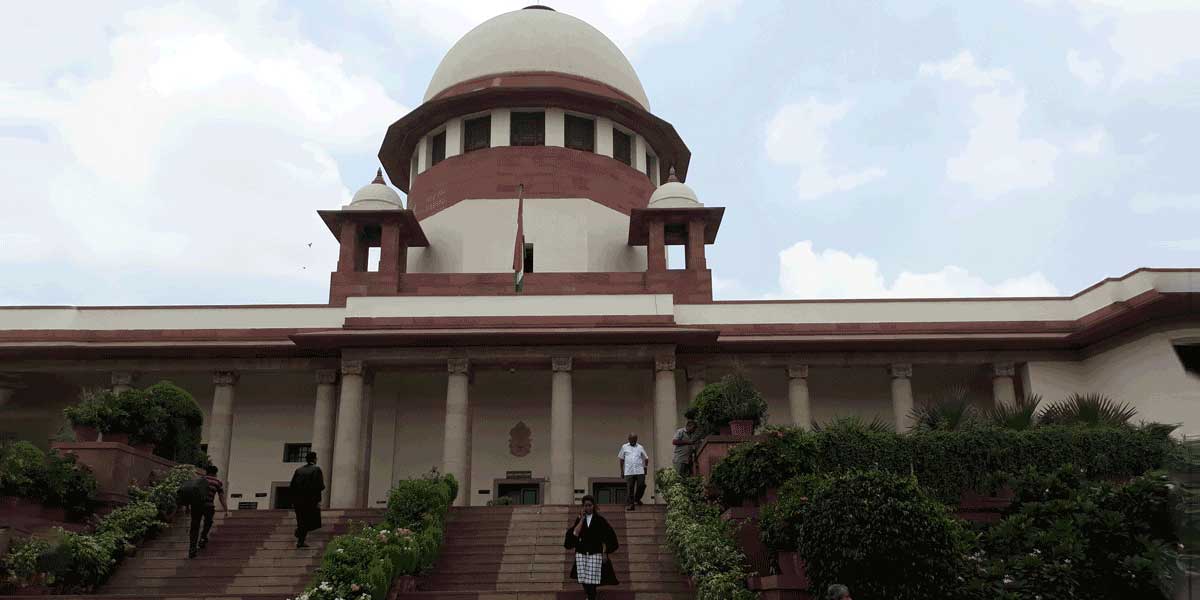The Ministry of Environment, Forest and Climate Change (MOEFCC) has published a draft
Environment Impact Assessment (EIA) Notification on March 23, 2020 (Draft Notification)
and invited objections and suggestions from the general public. Once finalised, the Draft
Notification will replace the EIA Notification dated September 14, 2006 (2006 Notification),
which had replaced the EIA Notification dated January 27, 1994 (1994 Notification). The
1994 and 2006 Notifications mandated obtaining Environmental Clearance (EC) prior to
commencing any project or activity listed in the schedule thereto. These notifications provide
for a comprehensive procedure for grant of prior EC, which involves calling for the project
report, conducting public hearing, screening, scoping and appraisal.
Several projects had commenced operations without obtaining prior EC. The above two
notifications did not contain any provisions allowing projects to obtain post facto EC. Hence,
various circulars, notifications and office memorandums (OMs) were issued from time to
time pursuant to these notifications allowing grant of post facto EC, which were the subject
matter of numerous litigations and were set aside being contrary to the law and aforesaid
notifications. It would be noteworthy to understand how the guidelines with respect to post
facto EC have been formulated over the years.
The law relating to preservation and improvement of environment is principally laid down
under the Environment (Protection) Act, 1986 (EPA). MOEFCC is the nodal authority
constituted by the Central Government for regulating environmental and forestry plans in
India and granting EC.
The powers of the Central Government/MOEFCC to publish the aforesaid notifications are
derived from Section 3 of the EPA, which inter alia states that the Central Government shall
have the powers to take such measures as it deems necessary for the purpose of protecting
and improving the quality of the environment.
Post facto EC
Despite the above, several persons had commenced their activities or expanded their existing
activities without obtaining prior EC. In order to address these violations, from 1998 onwards
MOEFCC issued various circulars/OMs allowing projects to apply for post facto EC, the last
being the notification dated March 14, 2017 (2017 Notification). This notification provides
that projects requiring prior EC under the 2006 Notification, but being undertaken without
obtaining prior EC, shall be considered a case of violation, and shall be appraised for grant of
EC only by the Expert Appraisal Committee; however, such projects were required to apply
for EC within a period of six months from the date of notification.
Challenges against post facto EC
Post facto circulars issued prior to 2006 were challenged before the National Green Tribunal
(NGT), wherein NGT held that the post facto circular was contrary to provisions of the 1994
Notification 1 .
In an appeal, Supreme Court of India upheld the above judgement in April 2020 2 and
observed that the concept of post facto EC is in derogation of the fundamental principles of
environmental jurisprudence and is an anathema to the 1994 Notification. Moreover, if post
facto EC were to be ultimately refused, irreparable harm would have been caused to the
environment. In any event, environment law cannot countenance the notion of a post facto
clearance and it would be contrary to both the precautionary principle as well as the need for
sustainable development. In light of the above observations, the Supreme Court inter alia
held that the post facto circular cannot be said to be a measure for the purpose of protecting
and improving the quality of environment, hence the same was unsustainable in law.
The OMs issued after 2006 were also challenged before NGT on the grounds that the 2006
Notification mandatorily required developers to obtain prior EC before commencing
construction work while these OMs state the contrary. NGT held that OMs are ultra vires the
provisions of the EPA and 2006 Notification and MOEFCC is prohibited from giving effect
to these OMs in any manner whatsoever 3 . In an appeal filed before the Supreme Court against
the aforesaid judgement, the matter was disposed of in July 2018 4 .
The 2017 Notification was challenged before the Madras High Court on the grounds that
public hearing and scoping were dispensed with and it was in breach of the precautionary
principle.
The Madras High Court upheld the validity of 2017 Notification 5 and inter alia observed that
it was a onetime relaxation and that too only in cases where projects are otherwise in
compliance with or can be made to comply with pollution norms. The Court observed that the
2017 Notification did not compromise upon the need to preserve environmental purity, but
only allowed projects that might otherwise have been given prior EC but omitted to obtain
EC to operate on the conditions imposed by the authorities concerned, including their liability
under the ‘polluter pays’ principle.
Draft EIA Notification, 2020
The Draft Notification through Paragraph 22 endeavours to make a fresh attempt to
reintroduce the concept of post facto EC and also provide for a fast-track process for
assessment of a project.
Paragraph 22 proposes to assess cases of violations through an Appraisal Committee with
respect to projects that have commenced operations without obtaining prior EC. In case the
findings of Appraisal Committee are negative, closure of the project shall be recommended
along with other actions under law including directions for remediation. In case the findings
are positive, the project shall be considered for EC subject to certain conditions, including
imposing fines, implementation of remediation plan, demanding bank guarantee, restricting
issuance of consent to operate or occupancy certificate until the conditions are fulfilled, and
initiating action under Section 19 of the EPA (cognisance of offence).
In conclusion
It is important to note that the concept of obtaining ‘prior’ EC is not specifically provided
under the EPA Act, but has been mandated by MOEFCC under the 1994 and 2006
Notifications. Considering the history, one cannot rule out the possibility of the Draft
Notification being challenged, at least to the extent of provisions relating to post facto EC.
The moot question the courts would be required to examine would be whether such a
provision can be considered as fulfilling the statutory requirement of protecting and
improving the quality of environment and preventing, controlling and abating environment
pollution as prescribed under Section 3 of the EPA. Hence, the judiciary would play a pivotal
role in the matter as it would be expected to strike a balance between protecting and
preserving the environment on one hand, and promoting sustainable development and
employment on the other.
Over nearly the past two decades, we all have witnessed that despite obtaining various
development permissions from local authorities, many real-estate, construction and
infrastructure projects fail to commence construction owing to delay in grant of EC, as the
process of conducting a study or assessment of the impact of the projects on the environment
is relatively scientific, complex and time-consuming. The Draft Notification seems to have
learnt from the past. It has unified several notifications, orders, circulars and decisions of
courts and NGT since the 2006 Notification to make the process of grant of EC more
transparent and robust and, at the same time, expeditious, thereby striking a balance between
minimum procedural compliance and maximum scrutiny and examination.
About the authors: Abhishek Sharma is Partner and Co-Head and Amit H Wadhwani is
Director of Cyril Amarchand Mangaldas. This article was written with the assistance of
Mohammed Bengali, Associate.




















